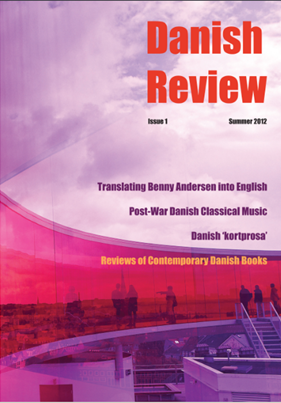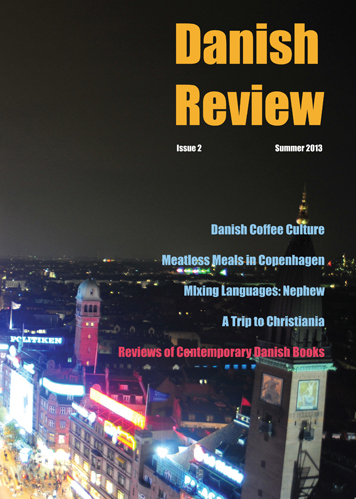Danish adjectives are not entirely different to English adjectives, and especially the way we compare adjectives is similar. In Danish, however, we add endings based on gender, number and something called “definiteness”. Confused? Well, not for long (I hope…)
What did the adjective agree with the noun?
Danish adjectives inflect, which means that they add endings depending on gender, number and definiteness. In these two videos, I first take you through all the basics and then slowly approach some of the more complex areas (I cannot guarantee it will make the headline joke any better, though).
Shall I compare thee to a summer’s day
Apart from description, we use adjectives to compare people, objects, emotions and so on. Danish adjectives behave in almost the same way as English adjectives, and you can really see how close the two languages are to each other. The main difficulty is, in many ways, to keep them apart and remembering that they are not entirely the same.
Beyond CERN: Participles used as adjectives
Danish participles are very often used as adjectives. The present participle is actually almost only used as an adjective. This video is for the learner who has mastered the videos above and who wants to take his/her Danish to the next level. It will guide you through the way in which the participles are inflected and compared, and it discusses the difference in meaning between the present and past participles.
Why not check out…
Danish Review 2012 / 2013 / 2014: Translation, food, politics, music, literature and much more


